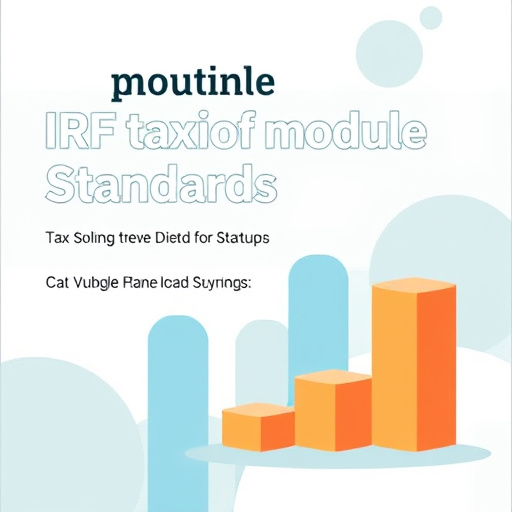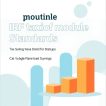The tax system is renowned for its transparency and efficiency, offering a stable framework for businesses while maintaining one of the world’s most comprehensive welfare systems. For startups and established enterprises alike, understanding Norwegian taxation is crucial for sustainable growth and compliance. With corporate tax rates at 22%, VAT standards at 25%, and specific rules for different business structures, Norway provides a predictable environment for business planning. This article explores key aspects of Norwegian taxation and demonstrates practical calculations using modern .NET tools.
Understanding Business Structures and Tax Implications
Norway offers several business structures, each with distinct tax treatments. The most common forms include Enkeltpersonforetak (Sole Proprietorship) for individual entrepreneurs, Aksjeselskap (AS) for limited companies, and Ansvarlig Selskap (ANS) for partnerships. Sole proprietorships are taxed personally on business profits, while AS companies face corporate tax and dividend taxation. The choice of structure significantly impacts tax obligations, liability, and administrative requirements. For instance, sole proprietors benefit from simplified accounting but have unlimited liability, whereas AS companies offer liability protection but require more formal reporting.
Calculation Example – Sole Proprietorship Tax:
var solePropRequest = new SoleProprietorshipCalculationRequest
{
BusinessIncome = 850000m,
BusinessExpenses = 320000m,
MunicipalityCode = "0301", // Oslo
Industry = "Technology",
OfficeExpenses = 15000m,
TravelExpenses = 45000m
};
var result = await _solePropService.CalculateSoleProprietorshipTaxAsync(solePropRequest);
// Typical result: ~35-40% effective tax rate including National InsuranceVAT (MVA) Compliance and Strategic Considerations
Value Added Tax (Merverdiavgift – MVA) is a critical component of Norwegian business operations, with standard rates at 25%, reduced rates at 15% for food and services, and 12% for certain cultural activities. Businesses exceeding 50,000 NOK in annual turnover must register for VAT, which involves collecting tax on sales and reclaiming VAT on business purchases. The system requires quarterly reporting and electronic submission through the Altinn platform. Strategic VAT management can significantly impact cash flow, particularly for businesses with high input costs or those operating in multiple jurisdictions.
Calculation Example – R&D Tax Incentive:
var vatRequest = new VatCalculationRequest
{
Amount = 10000m,
VatType = VatType.Standard,
IncludesVat = false
};
var vatResult = await _taxService.CalculateVatAsync(vatRequest);
// Returns: NetAmount = 10,000 NOK, VatAmount = 2,500 NOK, GrossAmount = 12,500 NOKNavigating Norwegian taxation requires careful planning and ongoing compliance, but the system’s predictability and support mechanisms create a favorable environment for business growth. By leveraging modern calculation tools and staying informed about regulatory changes, businesses can optimize their tax positions while maintaining full compliance. The Norwegian tax authority (Skatteetaten) provides extensive digital services, making compliance increasingly streamlined. For startups and established businesses alike, understanding and effectively managing Norwegian tax obligations is not just a legal requirement but a strategic advantage in one of Europe’s most stable and innovative economies.







